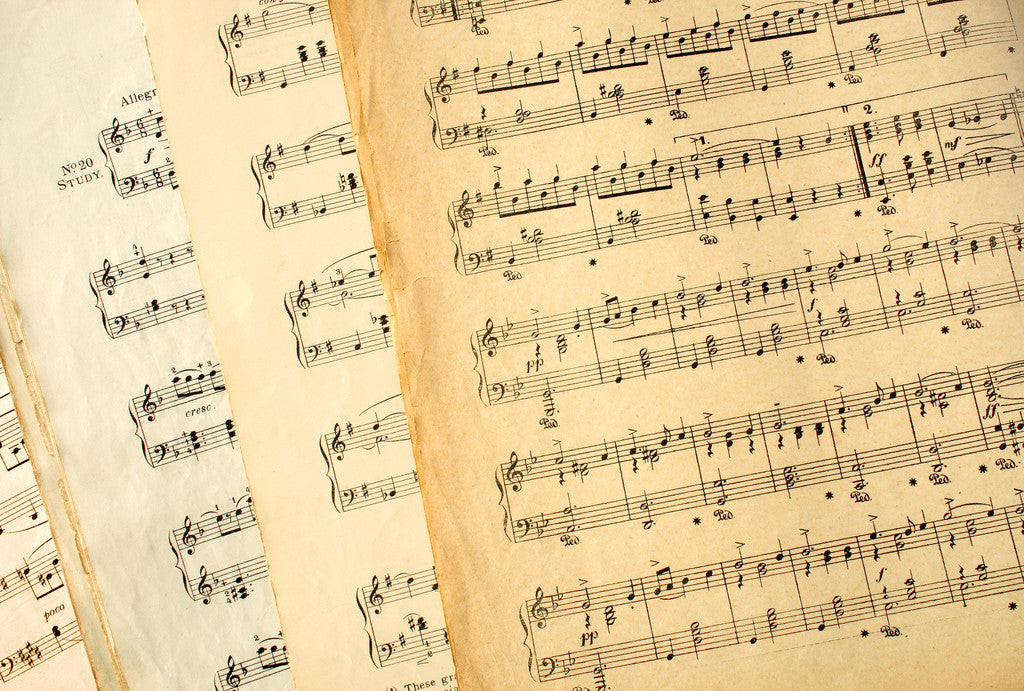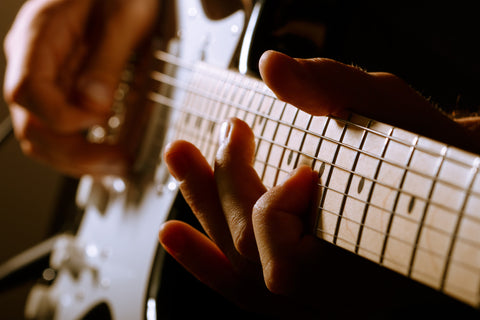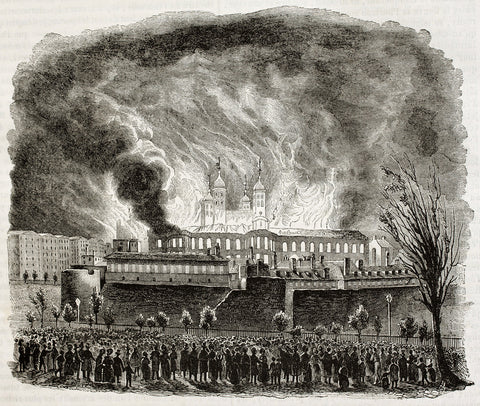
BBC Ten Pieces Secondary, part two
£9.95
This resource is the second of two Music Teacher resources (following part one in February 2016) that support the BBC’s Ten Pieces initiative, and complements the excellent resources on the BBC Ten Pieces Secondary website.
It includes a homework project, and ideas for workshopping creative responses to three of the pieces:
- Verdi’s ‘Tuba mirum’
- Wagner’s ‘Ride of the Valkyries’
- Shostakovich’s Symphony No.10, second movement
You may already have a DVD of the BBC Ten Pieces film, but if you do not, each of the clips is available separately on the BBC website here. You can also download all of the audio as mp3 files.
The activities described here are designed to run over a number of lessons. However, the exact length of the project can be extremely flexible, and could be anything from two or three lessons to a whole term’s work. How long you spend on it depends on whether you pursue small-group work after the whole-class workshopping, and what kind of end product you aim for.
The broad theme of the ideas here is ‘scary music’, and the compositional techniques involved in making a piece of music dramatic and menacing. The musical ideas involved are:
- Major and minor
- Building up chords, particularly diminished 7ths
- Manipulation of texture and dynamics for dramatic effect
- Ostinato patterns
- Chromatic scales
- Creating harmony using parallel chords
- Diminution and inversion
The context of the ‘scary music’ idea is infinitely adaptable, depending on your own interests and those of your students, the equipment and time available, and the extent to which you are aiming to create a polished ‘product’ at the end.
Links with film, video games, art, dance or creative writing are all eminently feasible, with ‘scary’ music providing fertile ground for all. The great thing about scariness as the uniting feature is that everyone can identify with being scared. What exactly is causing the fear is a catalyst for the imaginations of students of all ages and abilities.
The classroom workshopping approach
All of the pieces are approached with whole-class practical work, sometimes even before the piece itself has been listened to. The purpose of whole-class workshopping is not to produce a performance of the piece, but to explore elements of it through playing by ear and making collaborative decisions about development and structure. The end result will be different with each class. The teacher facilitates the workshop through demonstration, and through suggesting and coordinating ideas, acting as ensemble leader until such time as a student can fulfil this role.
Any combination of instruments can be used, although you will need pitched instruments. Encourage students to bring in their own instruments. Guidelines are given here for incorporating guitars and ukuleles into the workshops. Vocal work may also be included, and it is a good idea to occasionally introduce a musical idea vocally first, before exploring it on instruments.




